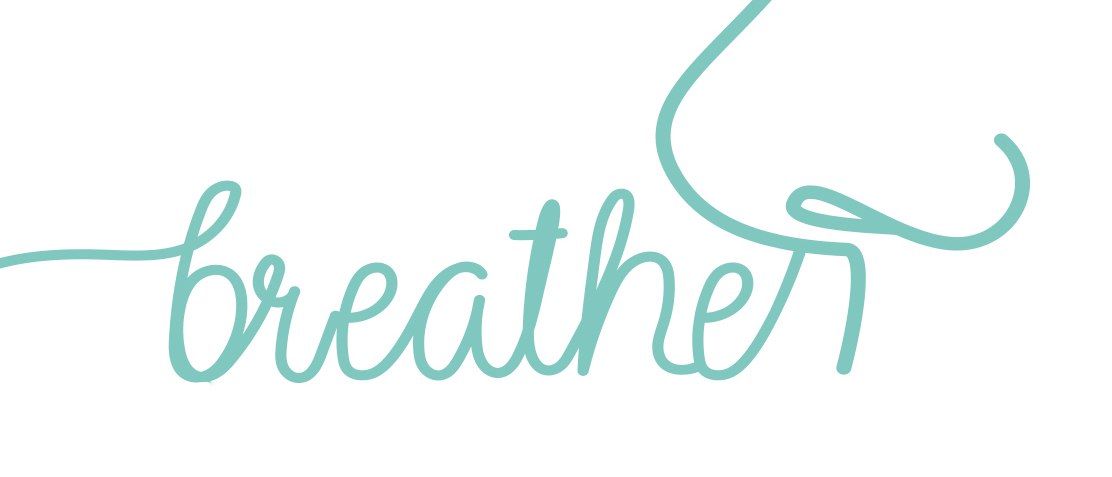
How to breathe properly for health and wellbeing
Kathryn Webster talks to Musculo-respiratory Physiotherapist, Tania Clifton-Smith about how to breathe more efficiently.
That we need to learn to breathe properly may surprise many people. We breathe unconsciously; it’s as fundamental and effortless as our blood coursing through our veins – in and out, in and out. But breathing well is something else again.
Clinician and educator Tania Clifton- Smith focuses on the value of breathing for health and wellness. She has been helping people correct their breathing patterns for over 30 years and promotes the concept of breathing consciously as a universal resilience tool. It helps relieve pain, control stress, improve physical performance and assist sleep. For those navigating respiratory viruses, knowing how to breathe well makes a difference.
“Awareness of your breath is essential to assist your body in healing as well as for resilience and for many other functions,” she says.
“We know that the most efficient breathing for an adult is low (in the abdomen) 10 to 14 breaths a minute. If you’re breathing very fast at rest that’s a waste of energy; if you’re holding your breath or if it’s in your upper chest not your belly, or you’re breathing through your mouth not your nose – you have to ask, ‘why am I doing that?’ What’s going on changes how we breathe and how we breathe changes what’s going on for us.”
Breathing regulates body systems at a chemical and cellular level for the functions required, Tania explains. For example, if you’re breathing fast as if you’re running but you are not, your body responds with adrenaline. Deliberately slowing your breathing stops the cascade of stress chemicals and calms your body.
“If you’re aware of the symptoms and how you’re breathing, you can bring yourself back. You cannot be anxious and breathing well at the same time. And if you’re breathing well – that will help you not be anxious.
“'When in doubt, breathe out’ is the famous BradCliff Breathing Method motto. Breathe out – pause – and then carry on with what you’re doing. Don’t underestimate how our body responds.”
She suggests you then add in a quick physical check for tension, breathe out, relax your shoulders and feel your feet on the ground as the grounding exercise below describes.
Grounding exercise
This is an excellent exercise to use in all stressful situations. The aim is to bring awareness to the present moment in order to distract us from our thoughts. It can be done either standing or sitting.
- Focus on your feet.
- Feel your toes, heels and the soles of your feet on the ground beneath you.
- Relax your knees.
- Drop your shoulders.
- Focus on your out breath.
- Now breathe in through your nose, low and slow.
- Breathe out.
- Pause.
- Feel your feet on the ground and continue what you were doing.
BradCliff Breathing Five by Five technique for recovery breathing
Prolonged over-breathing quickly depletes the body of carbon dioxide. This can cause distressing symptoms like tingling fingertips or lips, lightheadedness, poor balance or panicky/nauseous feelings. If you experience this, try this effective and discreet way of restoring CO2 levels that places you in control.
- Cup both hands over your nose and mouth.
- Breathe softly in and out through the nose five times.
- Drop your hands to your lap and count to five.
- Repeat breathing with cupped hands, counting each breath in and out, up to five again.
- Repeat this five by five sequence. until the symptoms subside.
Tania Clifton-Smith has recently published How to Take a Breath (Random House, RRP $30). Alongside in-depth information for adults she includes breathing exercises of specific use for babies, children and adolescents.
Reported by Kathryn Webster for our Autumn 2022 issue